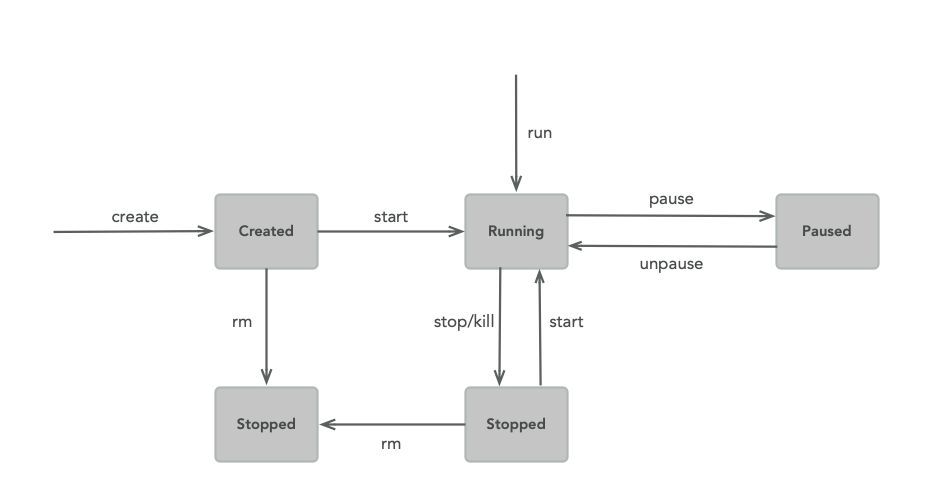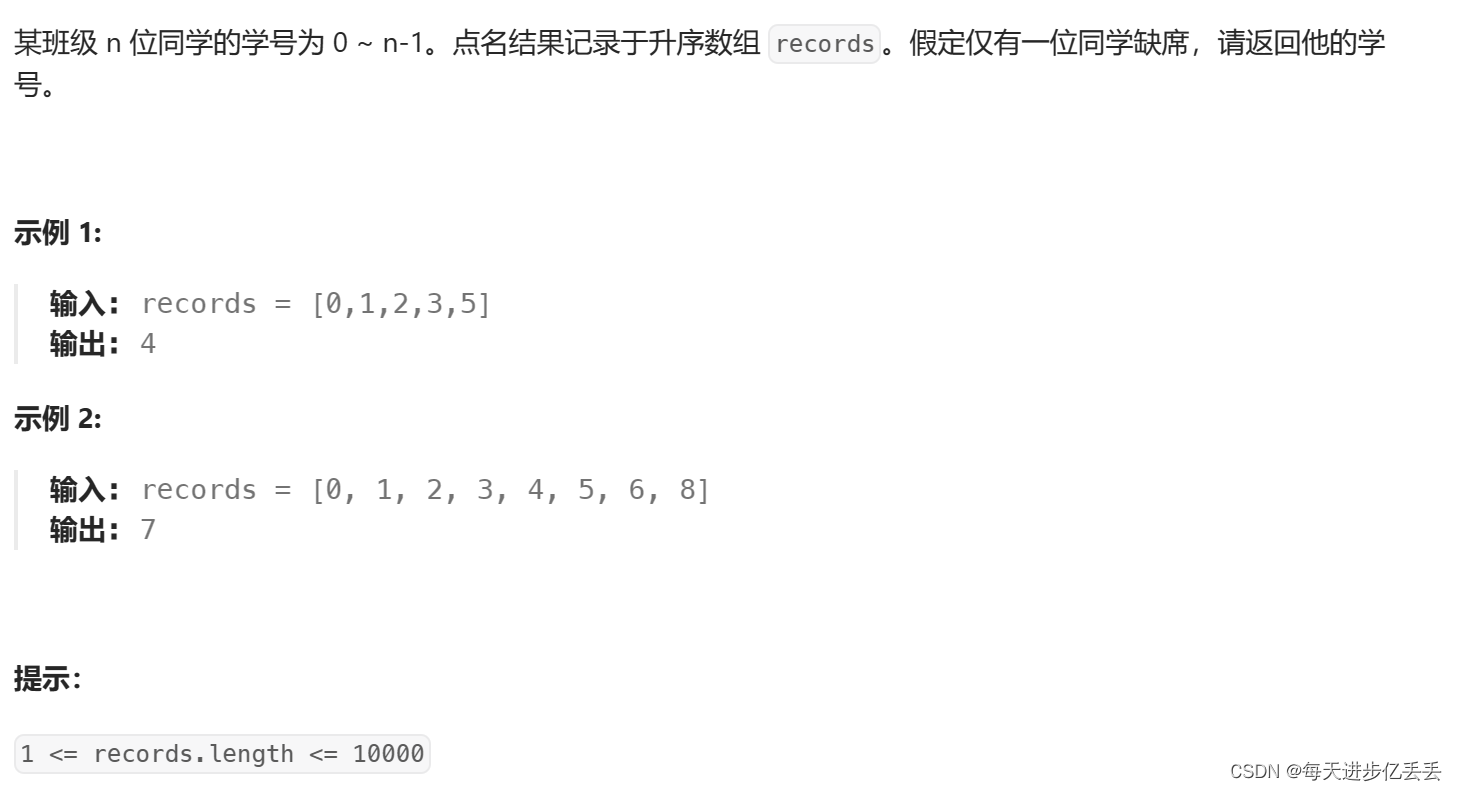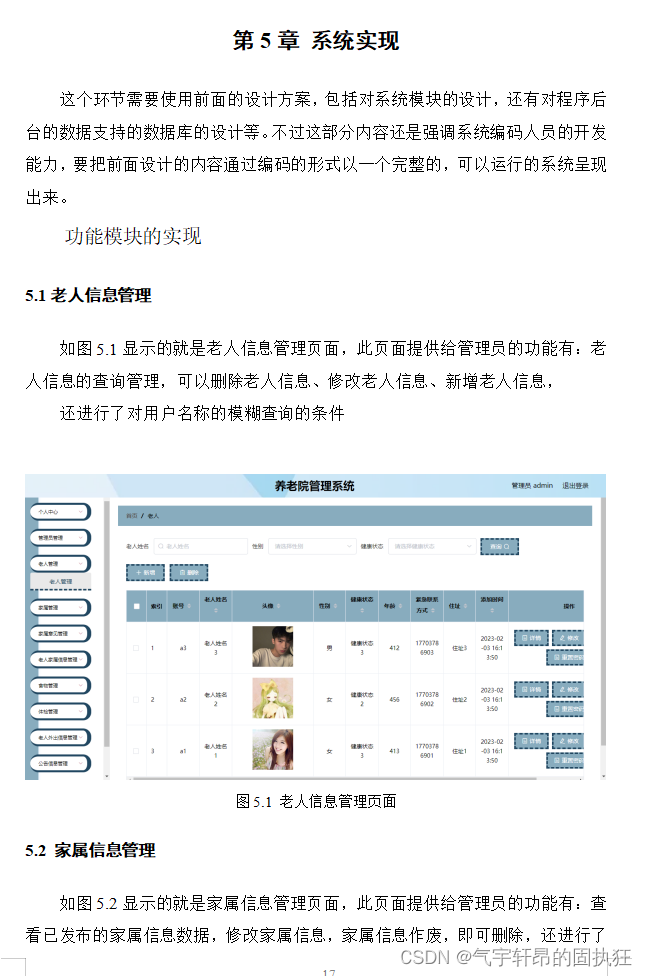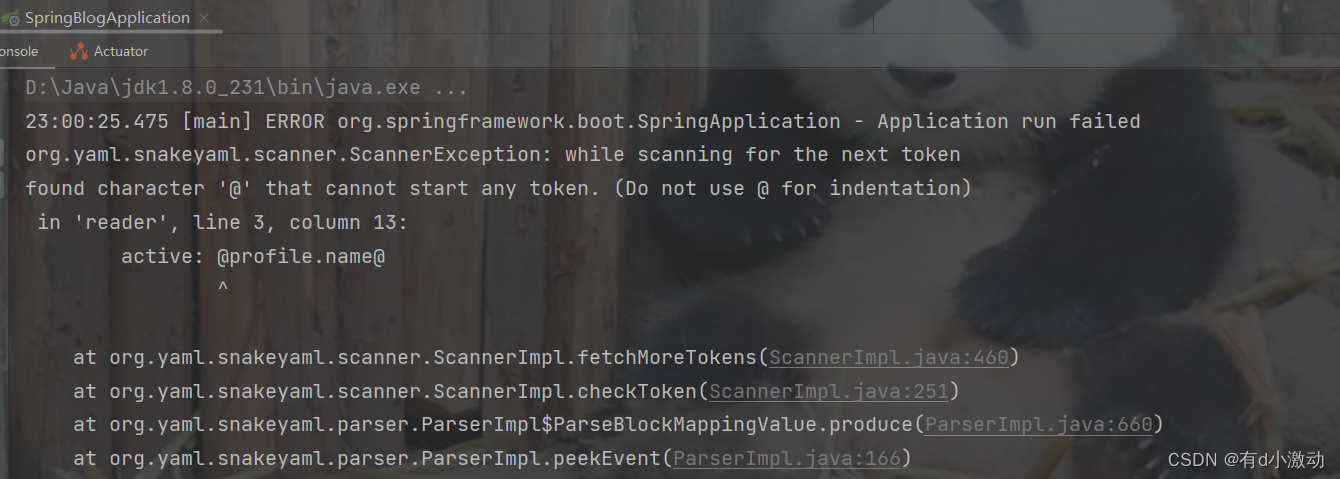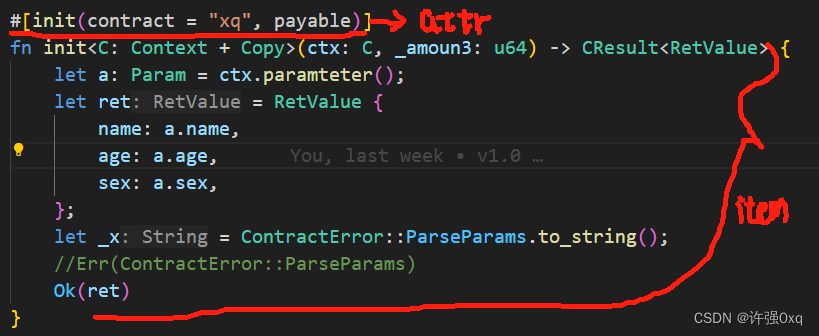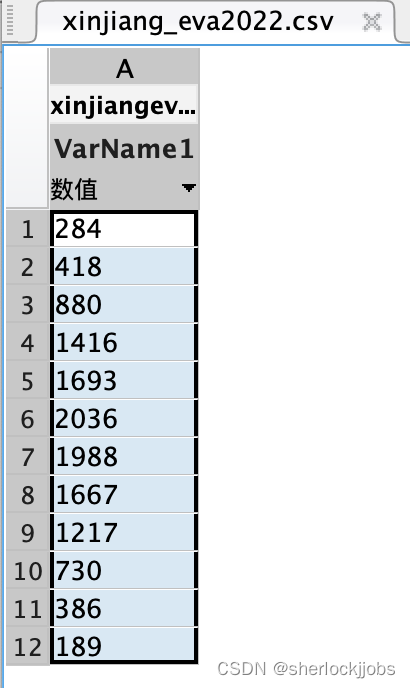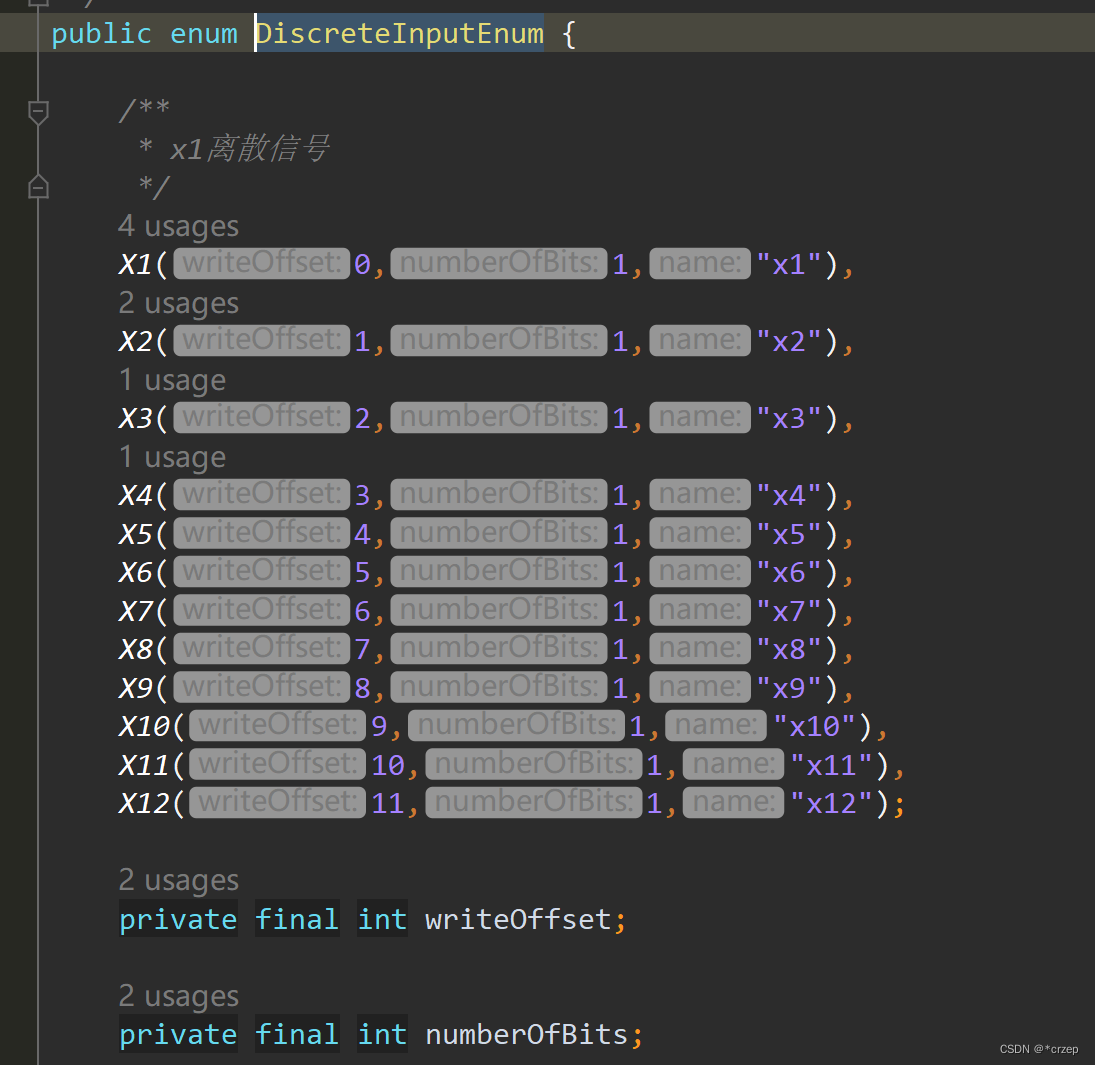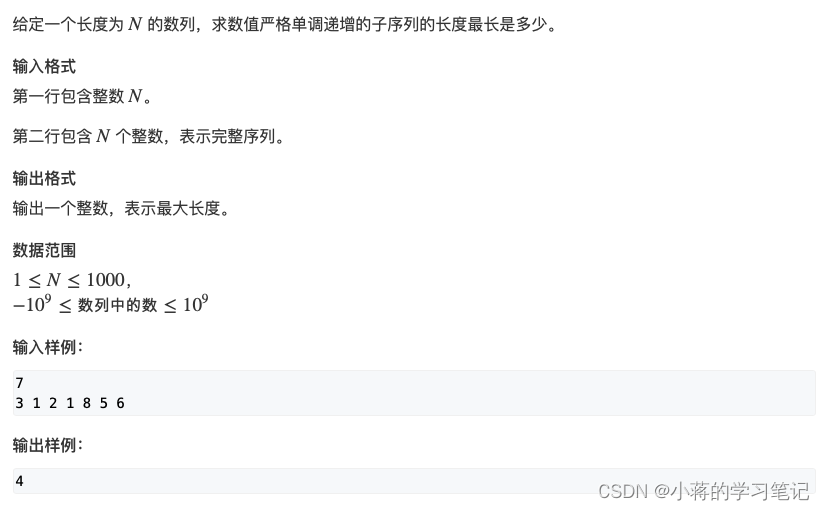一、前言
嗯……最近遇到的奇奇怪怪的方法很多了,学无止境啊!学不完啊,根本学不完!本篇文章介绍四个方法:torch.gt()、torch.ge()、torch.le()和torch.lt()方法,由于这四个方法很相似,所以放到一块解析了!
| 函数 | 作用 |
|---|---|
| torch.gt(intput, other) | input > other |
| torch.ge(intput, other) | input ≥ other |
| torch.le(intput, other) | input ≤ other |
| torch.lt(intput, other) | input < other |
二、方法解析
由于方法类似,我们只取一个进行详细解析,其它三个只是比较的方式不同而已,用法完全相同。
2.1 torch.gt()
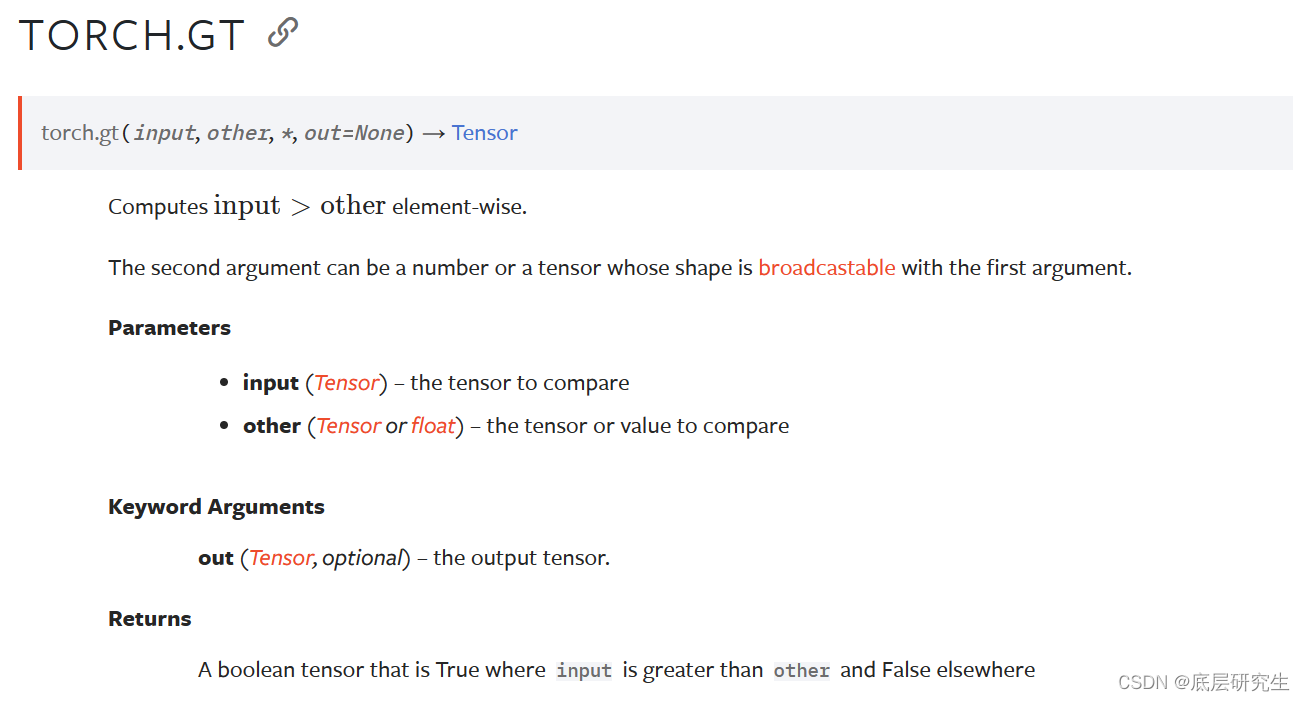
按照惯例,先对函数的参数及return做一个简单的解释。函数的作用:元素级的比较input是否大于other,如果input>other,那input当前位置的元素为True;否则,当前位置的元素为False。
argument
- input:要比较的tensor
- other:可以是一个float类型的数,或者是可以与input进行广播的tensor
return
- 返回一个boolean类型的tensor
2.2 torch.ge()
作用:判断input是否大于等于other。

2.3 torch.le()
作用:判断input是否小于等于other。
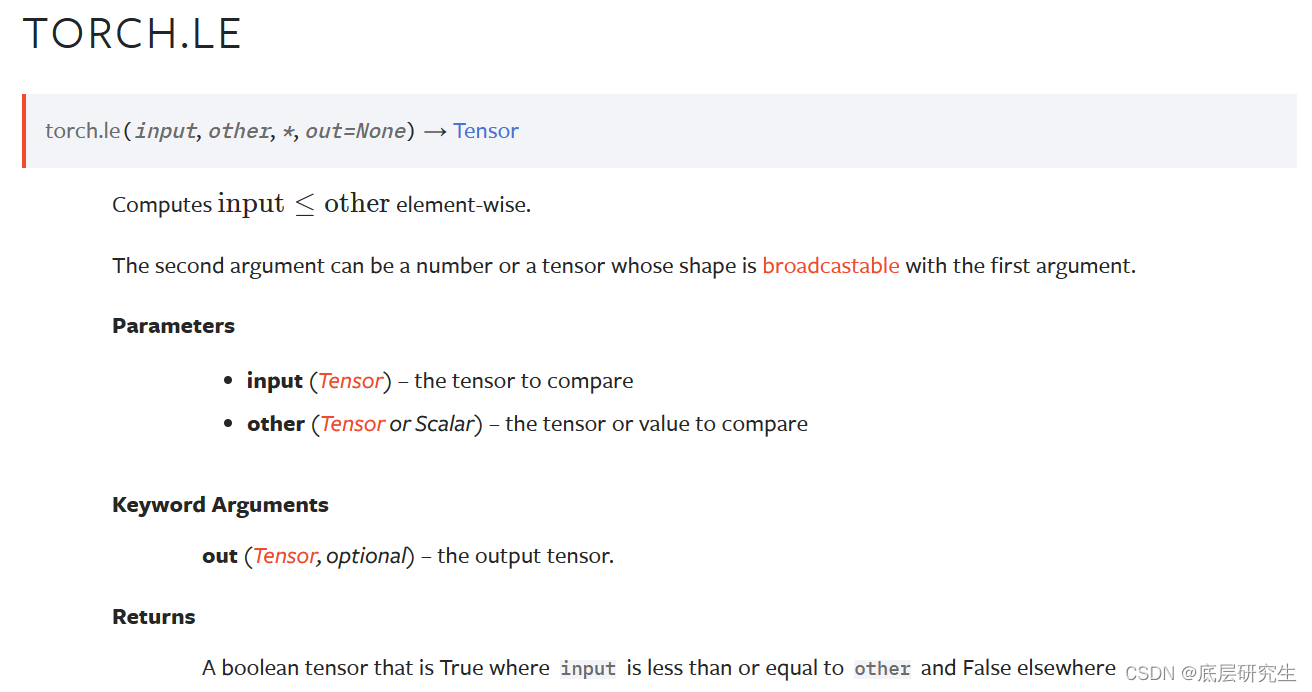
2.4 torch.lt()
作用:判断input是否小于other。
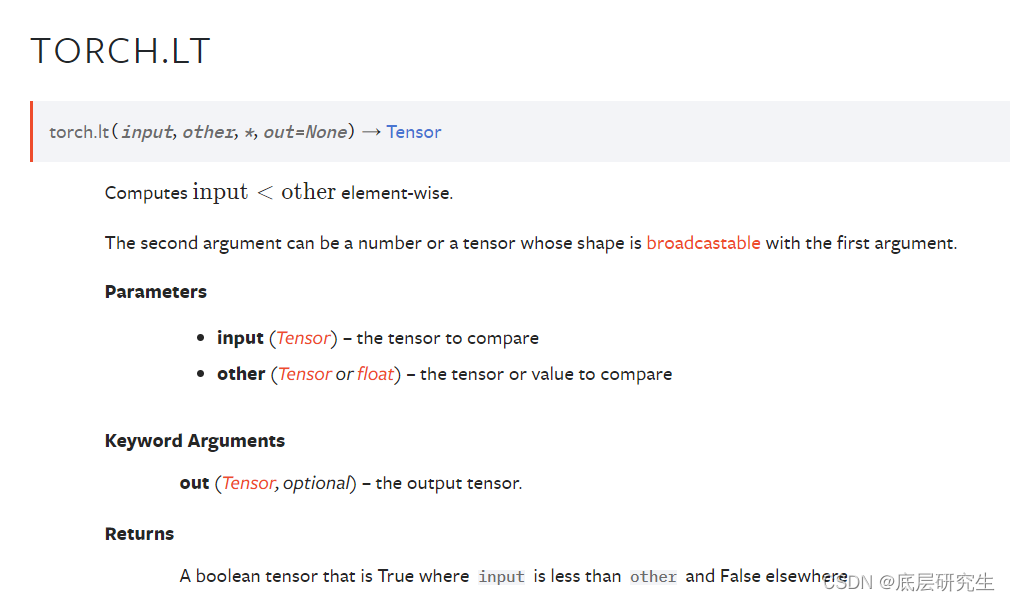
三、案例分析
3.1 torch.gt()
- 案例1
t = torch.tensor([[1,2],[3,1]])
other = 1
torch.gt(t, 1)
- 运行结果
tensor([[False, True],
[ True, False]])
- 案例2
t = torch.tensor([[1,2],[3,1]])
other = torch.tensor([[2,1],[1,2]])
torch.gt(t, other)
- 运行结果
tensor([[False, True],
[ True, False]])
3.2 torch.ge()
- 案例1
t = torch.tensor([[1,2],[3,1]])
other = 1
torch.ge(t, 1)
- 运行结果
tensor([[True, True],
[True, True]])
- 案例2
t = torch.tensor([[1,2],[3,1]])
other = torch.tensor([[2,1],[1,2]])
torch.ge(t, other)
- 运行结果
tensor([[False, True],
[ True, False]])
3.3 torch.le()
- 案例1
t = torch.tensor([[1,2],[3,1]])
other = 1
torch.le(t, 1)
- 运行结果
tensor([[ True, False],
[False, True]])
- 案例2
t = torch.tensor([[1,2],[3,1]])
other = torch.tensor([[2,1],[1,2]])
torch.le(t, other)
- 运行结果
tensor([[ True, False],
[False, True]])
3.4 torch.lt()
- 案例1
t = torch.tensor([[1,2],[3,1]])
other = 1
torch.lt(t, 1)
tensor([[False, False],
[False, False]])
- 案例2
t = torch.tensor([[1,2],[3,1]])
other = torch.tensor([[2,1],[1,2]])
torch.lt(t, other)
tensor([[ True, False],
[False, True]])
参考文献
[1]torch.gt()方法官方解释
[2]torch.ge()方法官方解释
[3]torch.le()方法官方解释
[4]torch.lt()方法官方解释
今天的你,学会了吗?

